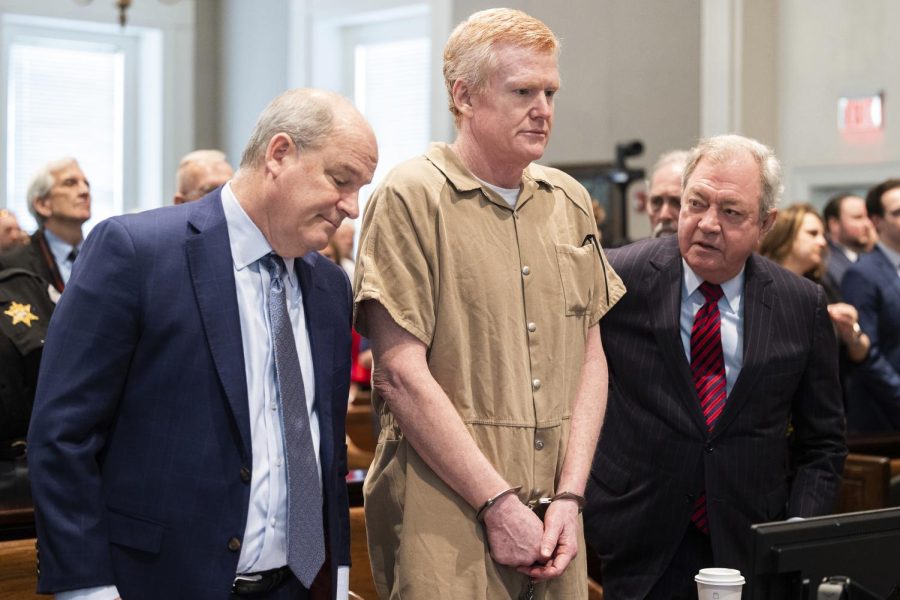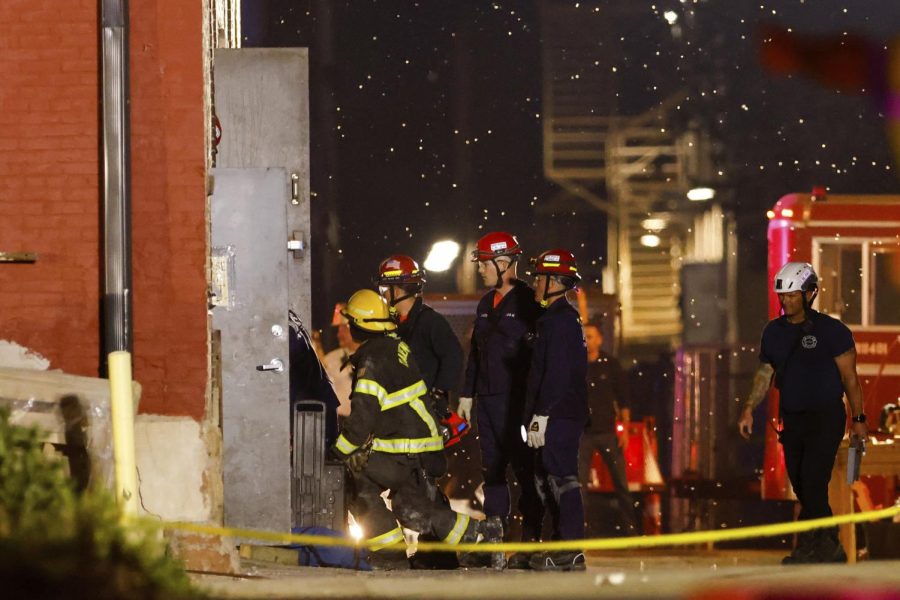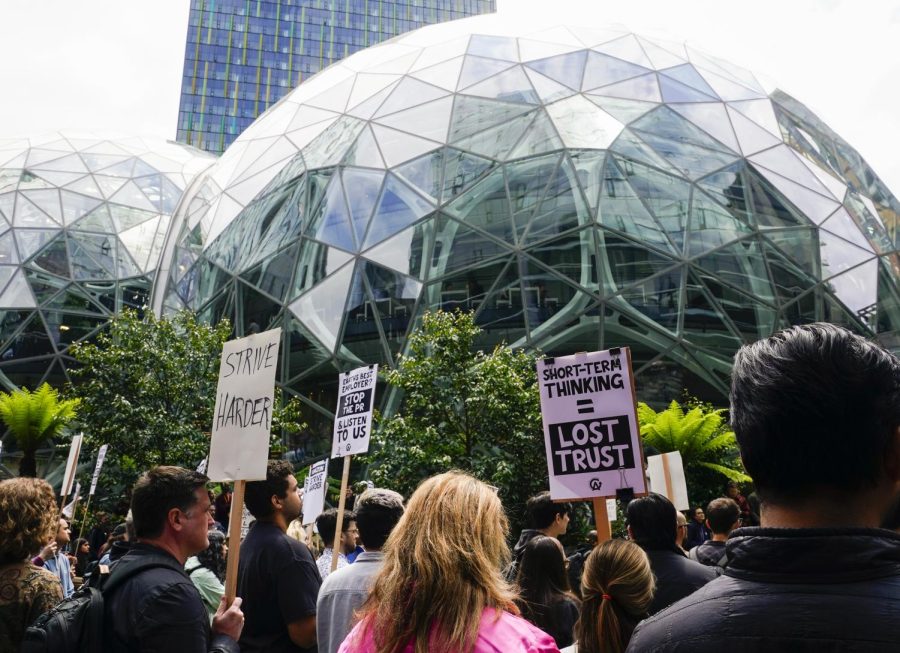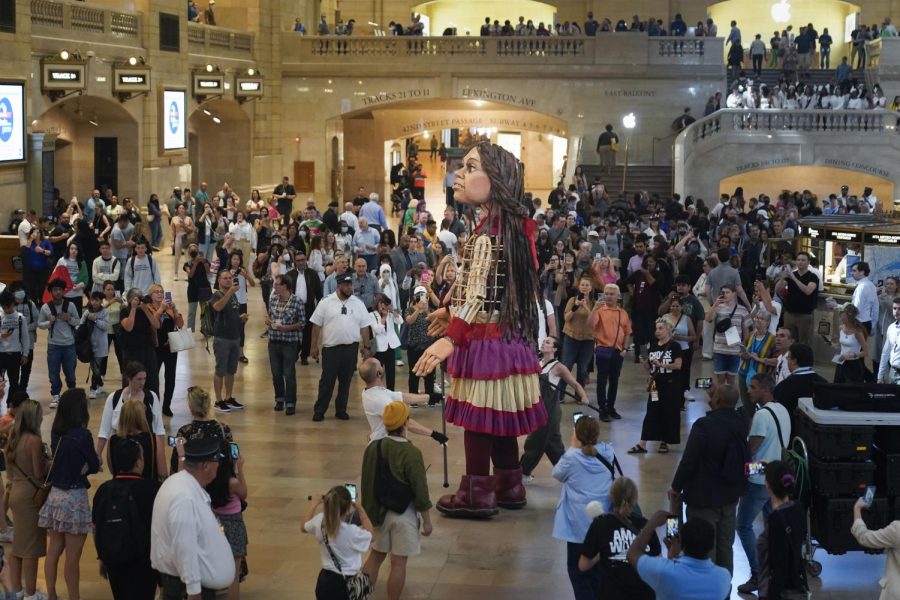The Associated Press
Starting this hurricane season, forecasters at the U.S. National Hurricane Center in Miami will begin dropping small drones into extreme weather systems to study how storms strengthen and better predict a storm’s intensity. With the season’s official start just days away, here are five other things to know about hurricanes:
1. SLOW SEASON EXPECTED
Federal forecasters are expecting a slower-than-usual Atlantic hurricane season, with eight to 13 tropical storms and three to six hurricanes. There’s no way to tell whether any of those predicted storms will strike the U.S. coastline during the six-month season that starts June 1.
2. EL NINO
The weather phenomenon known as El Nino, which warms part of the Pacific every few years and changes rain and temperature patterns around the world, is expected to suppress the number and intensity of tropical storms and hurricanes this year. Cooler temperatures on the surface of the Atlantic Ocean compared with recent years will also lower the probability of hurricane formation.
3. WHEN DOES IT GET A NAME?
Forecasters name tropical storms when top winds reach 39 mph; hurricanes have minimum winds of at least 74 mph. The first storm name on the list this year is Arthur, followed by Bertha, Cristobal and Dolly.
4. STORM SURGE
Storm surge — the dangerous water rise created by tropical storms — is one of the deadliest and most damaging tropical storm hazards. This year, the National Hurricane Center will post color-coded maps to show coastal residents how far from the shoreline the water will spread and how high that water will rise.
5. A LITTLE BIT OF HISTORY
It’s been 10 years since the historic 2004 hurricane season, when four hurricanes hit Florida for the first time since record keeping began: Charley, Frances, Ivan and Jeanne. There were 15 named storms that season, nine of which were hurricanes. But those four Florida hurricanes remain among the top 15 costliest hurricanes to strike the U.S.







